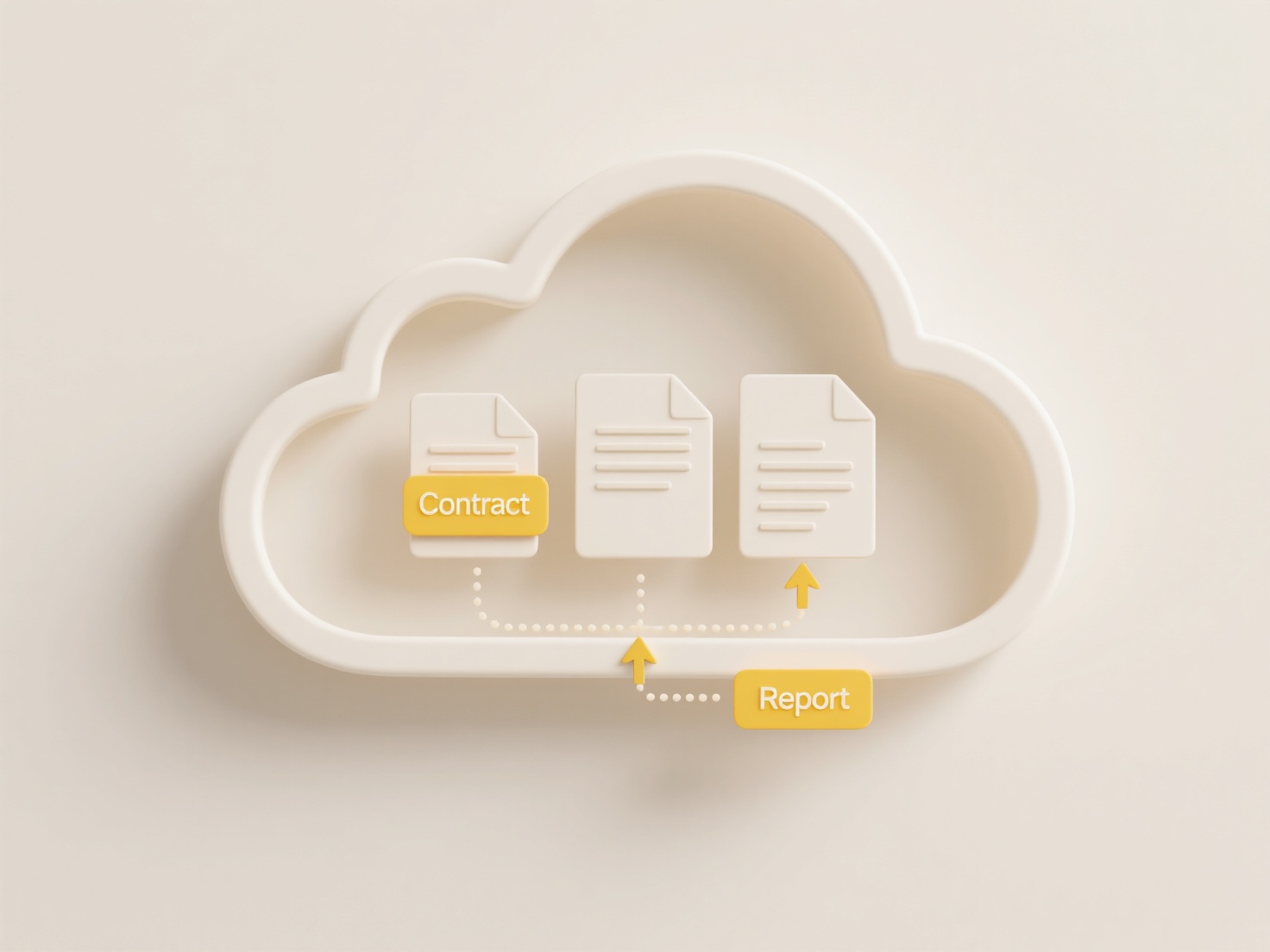
Shared storage user roles define what actions specific users or groups can perform on files or folders within a central repository like network drives (NAS/SAN) or cloud storage platforms (e.g., Dropbox, SharePoint). Managing them involves assigning permission levels, such as read-only, edit, or admin control, to individuals or groups, differentiating this from simple shared access where everyone typically has the same rights. This structured approach allows precise control over who can view, modify, delete, or share content.
For example, on a Google Drive shared folder, you might assign 'Editor' roles to internal team members allowing file changes, while granting 'Viewer' roles to external partners permitting only read access. In corporate IT settings, Active Directory groups are often used; assigning the 'Marketing' group 'Modify' permissions to a campaign assets folder automates access for all members instantly.

Implementing roles significantly improves security and organization by limiting sensitive data exposure and accidental deletions, while streamlining onboarding via group assignments. However, managing complex role hierarchies across large organizations can become time-consuming and carries the risk of misconfiguration. Future developments include automated access reviews and AI tools to suggest roles based on behavior patterns, aiming to reduce administrative burden while maintaining security standards.
How do I manage user roles in shared storage?
Shared storage user roles define what actions specific users or groups can perform on files or folders within a central repository like network drives (NAS/SAN) or cloud storage platforms (e.g., Dropbox, SharePoint). Managing them involves assigning permission levels, such as read-only, edit, or admin control, to individuals or groups, differentiating this from simple shared access where everyone typically has the same rights. This structured approach allows precise control over who can view, modify, delete, or share content.
For example, on a Google Drive shared folder, you might assign 'Editor' roles to internal team members allowing file changes, while granting 'Viewer' roles to external partners permitting only read access. In corporate IT settings, Active Directory groups are often used; assigning the 'Marketing' group 'Modify' permissions to a campaign assets folder automates access for all members instantly.

Implementing roles significantly improves security and organization by limiting sensitive data exposure and accidental deletions, while streamlining onboarding via group assignments. However, managing complex role hierarchies across large organizations can become time-consuming and carries the risk of misconfiguration. Future developments include automated access reviews and AI tools to suggest roles based on behavior patterns, aiming to reduce administrative burden while maintaining security standards.
Quick Article Links
How do I encrypt a file before sharing?
File encryption transforms readable data into scrambled ciphertext using an algorithm and a key, ensuring only authorize...
Why is “PDF” not available in the Save As menu?
"PDF" missing from the Save As menu typically occurs because the application itself lacks built-in PDF creation capabili...
Can I ignore certain file types when scanning for duplicates?
Yes, most modern duplicate scanning tools allow users to exclude specific file types from the scan. This file type filte...